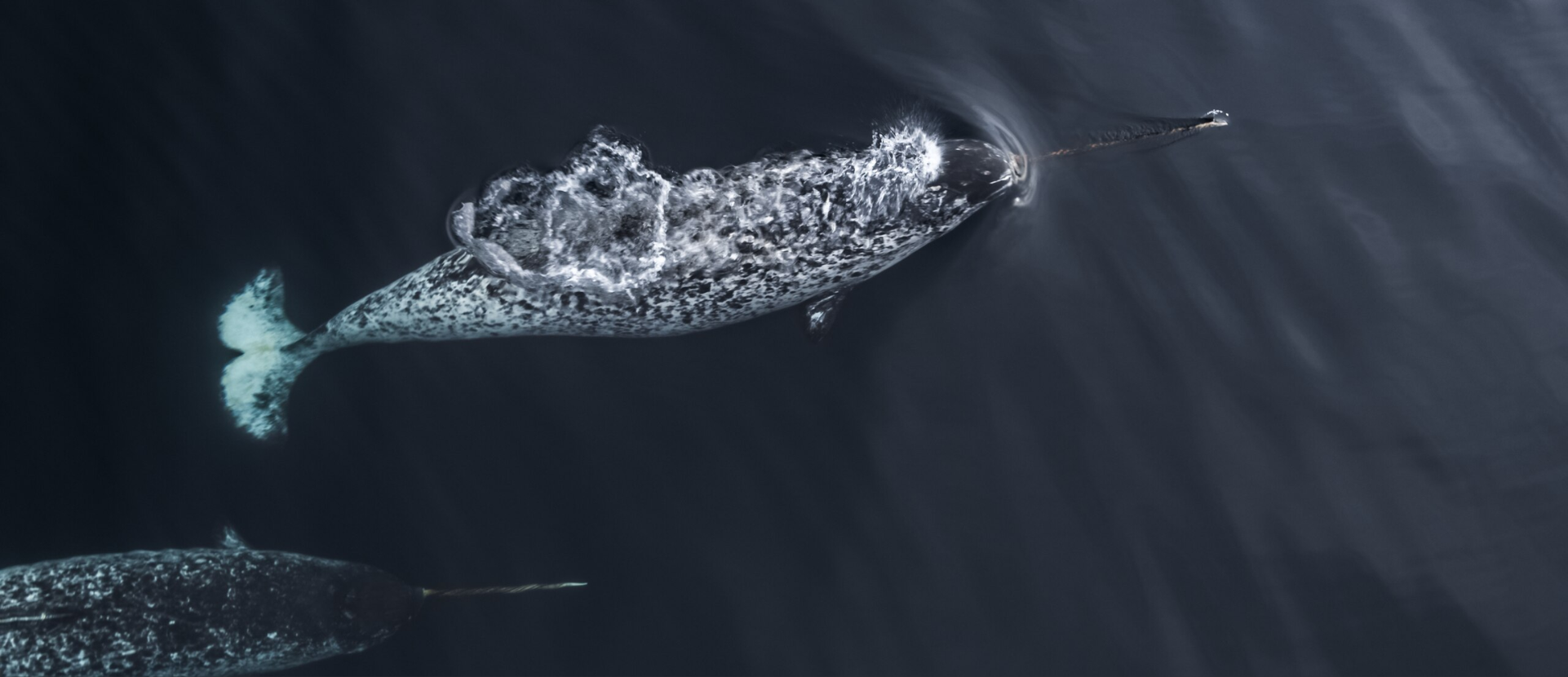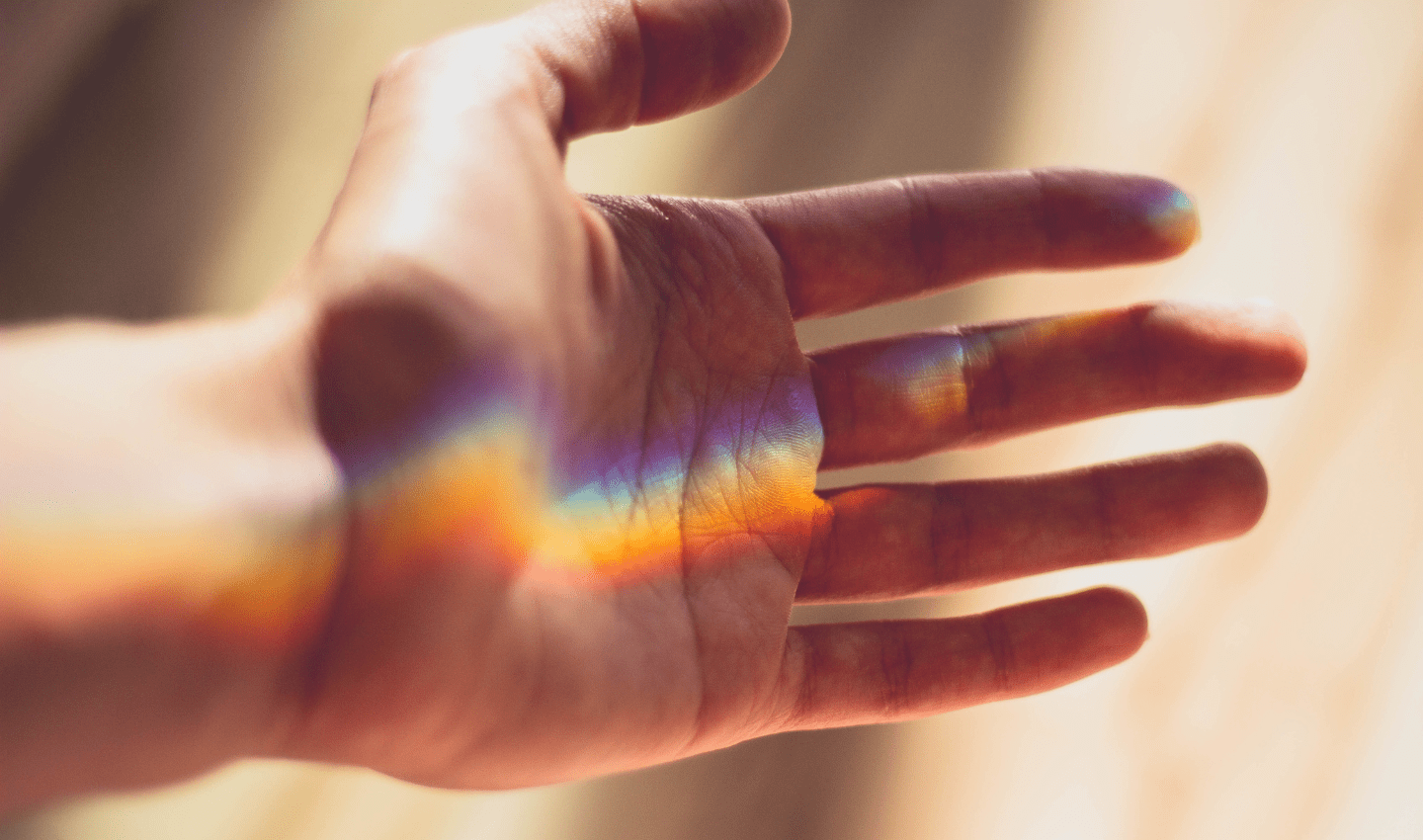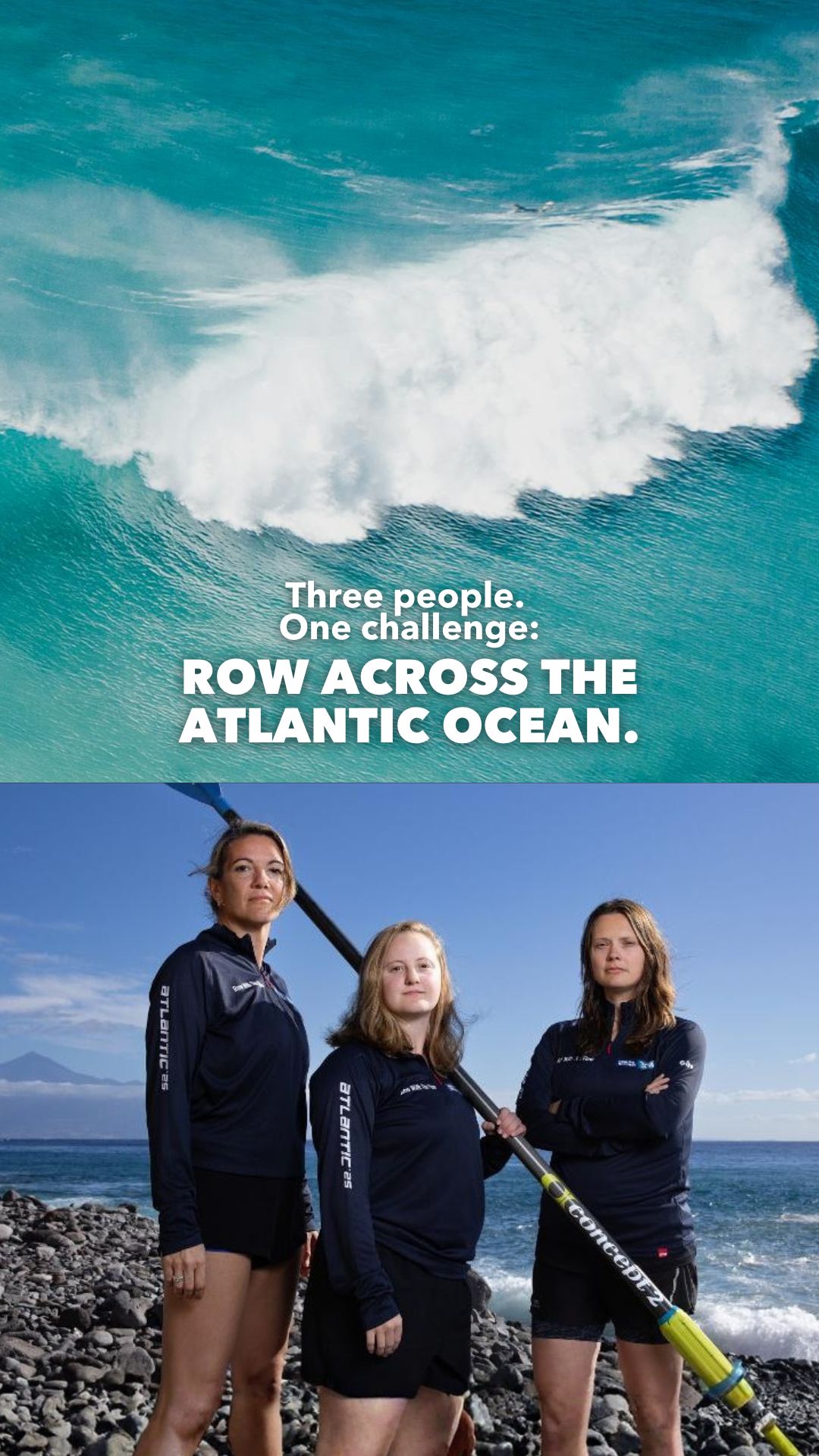- Marine Life Facts
- Science: Explained
Why the Arctic is the fastest warming region on the planet

A polar biome brimming with glaciers, permafrost, and sea ice. Home to countless species, but for how much longer?
The Arctic is extremely sensitive to environmental changes. The increase in global mean air temperature is linked to the excessive melting of Arctic sea ice: one of the most unambiguous indicators of climate change. Since 1978, the yearly minimum Arctic sea ice extent has decreased by ~40%.
Global warming is rapidly taking place due to our greenhouse gas (like carbon dioxide (CO2)) emissions. Our current emission rates of ~40 Gt CO2/year could leave the Arctic ice-free by 2050.
Our Ocean also plays a role in climate change.

“The hotspot of global warming” – not the nickname you want!
Unfortunately, this is the nickname the Arctic’s Barents Sea is bestowed. Atlantification (the process by which the warming climate alters the marine ecosystem towards a more temperate (milder) state) is to blame.
Scientists (though they’re still not 100% sure of all processes involved) have noticed drastic changes in our Ocean where Arctic and Atlantic conditions collide.
Arctic water is colder and less salty than Atlantic water. Thawing ice releases freezing freshwater into the Ocean, keeping Arctic water buoyant. Atlantic water, being warmer and more saline, should sink beneath Arctic water, creating a salinity gradient called a halocline.
The halocline protects ice from thawing by blocking warm water from rising.
However, because atmospheric temperatures are increasing and melting the ice, and less ice is imported into the Barents Sea, freshwater supplies are dwindling. This disrupts the halocline. Surface winds stir up the Ocean, drawing Atlantic heat upwards to melt the ice.

Throughout the 2000s, the Barents Sea experienced a 1.5°C warming of the upper 60m of its water column, with sea ice thickness decreasing by 0.62m/decade.
Plenty of fish in the sea – but are they the right ones?
Birds are indicators of a changing marine ecosystem.
After hot winters in Kongfsjord (Norway), Black Legged Kittiwake diets shifted in 2007 from Arctic cod to Atlantic capelin and, as of 2013, herring as their main meal. Whilst Kittiwakes seem to have adapted to their new diet, some species aren’t so lucky…
The most abundant sea bird in the North Atlantic, the Little Auk, should eat Arctic zooplankton.
The Little Auks decreased in fitness (the ability to survive and reproduce in a competitive environment) due to Atlantic water inflow. Chick growth rate decreased from six to five grams per day when Atlantic water inflow increased between 5-25% in Horsund (Norway).
Atlantic zooplankton are a suboptimal food source for the Little Auk because they provide less energy than Arctic zooplankton. Because there is less Arctic prey, chick parents spend time and energy foraging for it and might favour their own maintenance over their chicks.

Scientists anticipate the Arctic will have the largest species turnover globally, predicting a northward marine fish species migration of 40km/decade. Atlantic species are already outcompeting Arctic species, which could lead to extinction and changes in the food web.
Could the killer whale overthrow the polar bear, which has reigned as the top Arctic predator for over 200,000 years?
Feedback. But not the helpful kind…
In 1896, scientist Svante Arrhenius noticed that Arctic temperature changes were higher relative to lower latitudes. This is known as Arctic Amplification and has occurred for over three million years.
The main driver of this is the albedo effect. This effect is a positive feedback mechanism, where the result of the mechanism causes the mechanism to repeat itself – in a loop.
Dark objects absorb 93% of the sun’s energy. When the Arctic receives solar radiation in the spring, melting ice, darker areas are exposed amongst the ice which absorb more solar radiation. This reveals the even darker Ocean, repeating the loop.
Melt seasons are becoming longer as a warming climate leads to an earlier spring melt and exposes darker areas for longer. The Barents Sea’s ice-free season increases by 40 days per decade.
Where ice has melted, vegetation replaces tundra. Plants are darker than ice, so this furthers the albedo effect. Permafrost also melts, releasing CO2 and methane (which has 84x the warming effect of CO2 in the first 20 years after its release), contributing to the greenhouse effect and exposing darker ground.

We are amplifying these positive feedbacks with greenhouse gas emissions. Since 1979, the Arctic has warmed nearly four times faster than the rest of the globe, with the most Arctic Amplification observed in autumn and winter.
Positive feedbacks are taking place very quickly, perhaps too quickly for negative feedbacks (like cloud cover) to balance them. Scientists are uncertain about future trajectories.
In the past, the Palaeocene-Eocene thermal maximum saw an ice-free Arctic. Is this a mirror of the future?
What can be done to slow down Arctic warming?
Local knowledge aids global governance and monitoring of organisms and landscapes.
Regional plans like Alaska’s 2017 “Climate Action for Alaska” set targets for reducing emissions.
Canada’s ArcticNet scheme distributes knowledge for policy development and adaptation strategies, helping Canadians face the challenges and opportunities of socio-economic and climate change.
The Arctic Council involves international cooperation towards marine and science research. Arctic and non-Arctic states, indigenous representatives and NGOs engage in binding agreements, for example: committing to enhance international Arctic scientific cooperation.
On a smaller scale, the Arctic Ice Project wants to spread silica beads across the ice to increase reflectivity.
But it’s clear: further global cooperation is needed. In 2015, The Paris Agreement stated that temperatures shouldn’t rise 2°C above pre-industrial levels, yet global warming is continuing.

What can we do?
Every tonne of CO2 we emit melts three m2 of Arctic sea ice in the summer.
To reduce emissions, hold yourself, your country, and the businesses who produce the goods you consume accountable. Walk instead of drive. Switch off lights. Support others fighting for the Arctic.
Don’t just leave it to the scientists. The Arctic isn’t a disappearing, far-away land. Your help, regardless of scale, is necessary for our Ocean to thrive.




